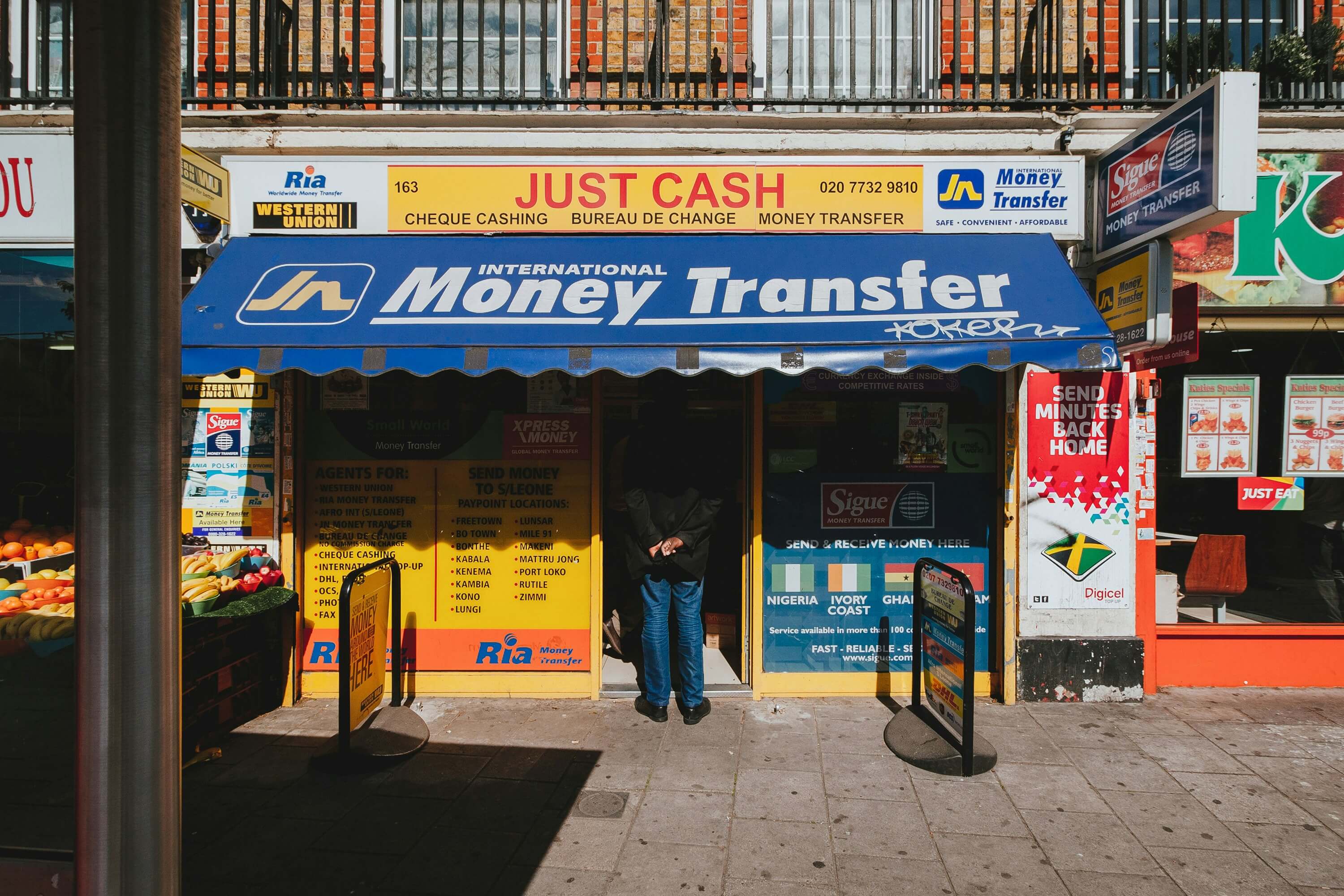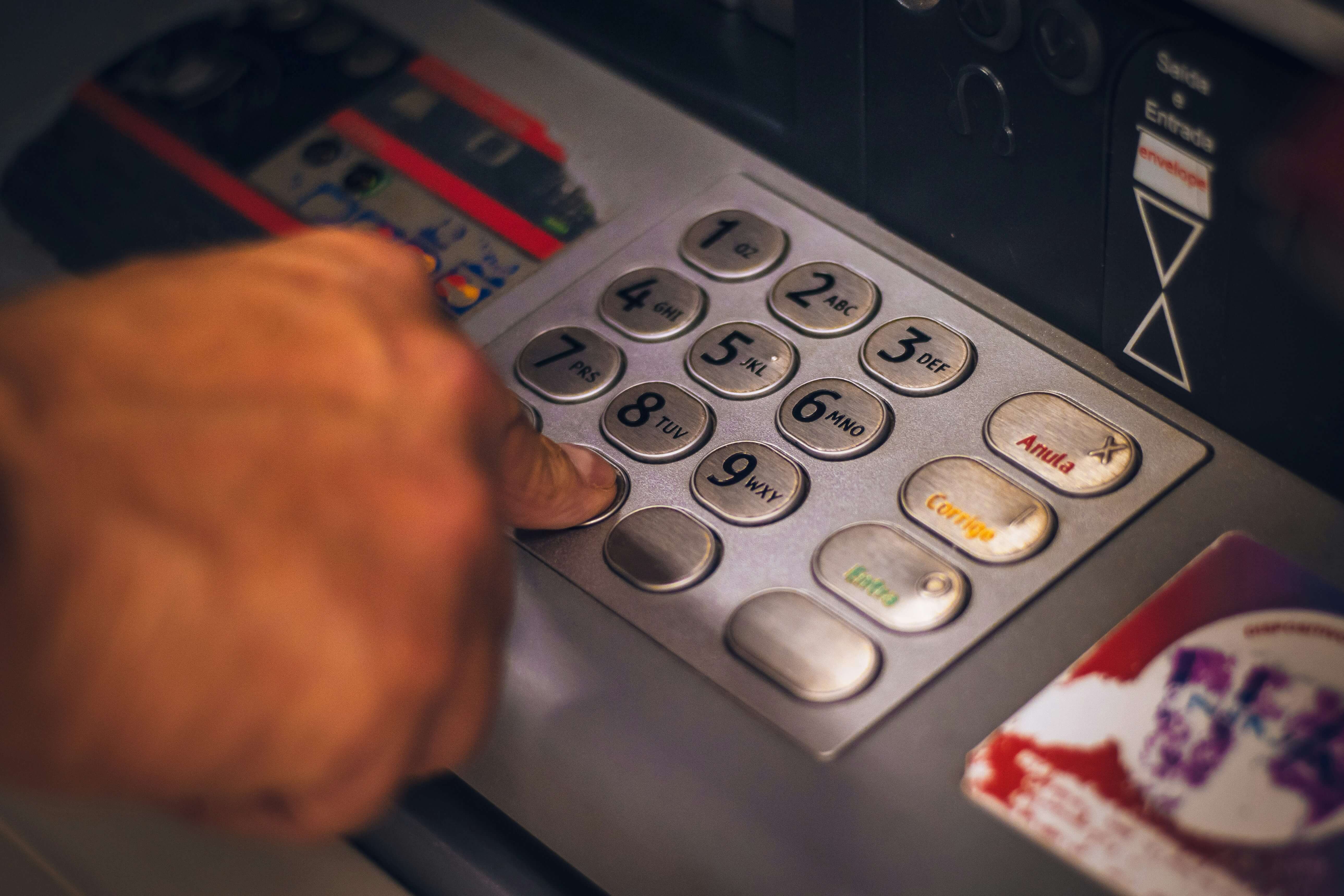Recent Blog
US to Philippines Transfer: Easy BC Remit Guide

Sending money from the US to the Philippines can be a simple process with the right information. Many people need to transfer funds to family, friends, or businesses in the Philippines. There are several ways to do this, including bank transfers, money transfer services, and online payment platforms.
The best way to send money to the Philippines depends on factors like transfer speed, fees, and exchange rates. Some popular options include traditional bank transfers or specialized money transfer companies. Each method has its own benefits and drawbacks.
Many services offer promotional rates and zero fees for the first transfer, making it an attractive option for new customers.
When choosing a transfer method, it’s important to compare fees and exchange rates. Some services may offer lower fees but less favorable exchange rates. Others might have higher fees but faster transfer times. By understanding these options, anyone can find the most cost-effective and convenient way to send money to the Philippines.
Getting Started with Money Transfer
Sending money to the Philippines can be a straightforward process if you choose the right service. To get started, you’ll need to register for an account with a reputable money transfer provider. This typically involves providing some basic information, such as your name, address, and contact details. You may also need to verify your identity to comply with anti-money laundering regulations.
Once you’ve registered, you can start sending money to the Philippines. You’ll need to provide the recipient’s details, including their name, address, and bank account information (if applicable). You can usually choose from a variety of payment methods, such as debit card, credit card, or bank transfer. This flexibility allows you to select the most convenient option for your needs.
Understanding Money Transfer Methods

Sending money from the US to the Philippines can be done through various methods. When selecting a money transmitter, it is important to compare transfer fees and exchange rates, as these factors can significantly affect the overall cost and conditions of the transaction. Each option has its own benefits and drawbacks in terms of speed, cost, and convenience.
Bank Transfers
Bank transfers are a common way to send money internationally. They involve moving funds directly between bank accounts. This method is often seen as secure and reliable.
Most major US banks offer international transfer services. The exchange rate used by banks may not always be the most favorable. They often add a markup to the mid-market rate. This can make bank transfers more expensive than other options.
Transfer times can vary. Some banks offer faster services for higher fees. Standard transfers usually take 3-5 business days.
Secure Online Money Transfers and Mobile Options
Digital money transfer services have become increasingly popular. They often offer lower fees and better exchange rates than traditional banks. They allow users to send money anytime and set up recipient profiles for regular transfers.
These services often have lower transfer limits than banks. They may require identity verification for larger amounts.
Cryptocurrency Solutions
Cryptocurrency offers a newer method for international money transfers. To use this method, both sender and receiver need cryptocurrency wallets. The process involves buying crypto in the US, sending it to the recipient’s wallet, and the recipient selling it for Philippine pesos. Cryptocurrency transfers are typically fast, often completing within minutes.
However, the value can be volatile due to price fluctuations in the crypto market. Users should be aware of the tax implications of using cryptocurrency. Some countries have specific regulations regarding crypto transactions.
Choosing the Right Service
With so many money transfer services available, it can be difficult to choose the right one. Here are a few factors to consider:
- Fees: Look for services that offer competitive fees and exchange rates. Some services may charge hidden fees, so make sure to read the fine print. Comparing different providers can help you find the most cost-effective option.
- Security: Choose a service that prioritizes security and uses robust encryption to protect your transactions. A secure service ensures that your money and personal information are safe.
- Speed: Consider how quickly you need the money to arrive in the Philippines. Some services offer same-day or next-day delivery, while others may take longer. Faster services might come with higher fees, so balance speed with cost.
- Convenience: Think about how easy it is to use the service. Do they have a user-friendly website or mobile app? Can you track your transfers in real-time? A convenient service can save you time and hassle.
Executing the Transfer
Sending money from the US to the Philippines involves several key steps. These include preparing for the transfer, managing costs, understanding legal requirements, and completing the transaction.
Preparing for a Transfer
To start, gather all necessary information. This includes the recipient’s full name, address, and bank details. For a bank transfer, you’ll need the account number and bank name. If sending to a mobile wallet, the recipient’s phone number is crucial.
Next, choose a transfer method. Options include bank transfers, online money transfer services, or cash pickup locations. Each has pros and cons in terms of speed and cost.
Verify your identity with the chosen provider. This often involves submitting a government-issued ID. Some services may require additional documents for larger transfers.
Set up two-factor authentication if available. This adds an extra layer of security to your transactions.
Managing Costs and Fees
Compare fees and exchange rates across different providers. Look for services offering competitive rates close to the mid-market exchange rate.
Be aware of transfer limits. Some providers cap the amount you can send per transaction or per day.
Consider the payment method. Bank transfers often have lower fees than credit card payments.
Watch out for hidden costs. Some providers may charge extra for faster transfers or cash pickups.
Look for promotions or first-time user discounts to save on fees.
Understanding Legal and Compliance Issues
Familiarize yourself with US regulations on international money transfers. These rules aim to prevent money laundering and terrorist financing.
Be prepared to answer questions about the purpose of your transfer. This is a standard compliance requirement.
Check if there are any restrictions on sending money to the Philippines. While it’s generally allowed, large amounts may require additional documentation.
Ensure you’re not exceeding annual remittance limits set by the US government.
Keep records of your transfers. This helps with tax reporting and can be useful if any issues arise.
Completing the Transaction

Choose your transfer method. Online platforms often offer the quickest and most convenient option.
Enter the transfer details carefully. Double-check the recipient’s information and the amount in Philippine pesos.
Review the transaction details. Confirm the exchange rate, fees, and total amount the recipient will get.
Approve the transfer. This may involve entering a code sent to your phone for security.
Save the transaction receipt. This contains important information like the tracking number.
Inform the recipient about the transfer. Let them know when to expect the funds and any steps they need to take to receive the money.
Secure Online Money Transfers
When sending money online, security is paramount. Look for services that use robust encryption and have a strong track record of protecting customer data. You should also be wary of services that ask for sensitive information, such as your password or PIN.
To ensure secure online money transfers, follow these best practices:
- Use a reputable service that is licensed and regulated by the relevant authorities. This ensures that the service adheres to strict security standards.
- Keep your login credentials secure and never share them with anyone. Protecting your account information is crucial to preventing unauthorized access.
- Use a strong password and enable two-factor authentication (if available). These measures add an extra layer of security to your account.
- Monitor your account activity regularly and report any suspicious transactions. Staying vigilant can help you catch and address any potential issues quickly.
Transfer Money From The US To The Philippines With BC Remit!
BC Remit offers a fast and easy way to send money from the UK to the Philippines. We provide low-cost transfers with fees! Our transparent pricing ensures there are no hidden fees, so you always know what to expect!
BC Remit is an online-only service, which helps keep our costs low. This allows us to pass savings on to our customers through lower fees.
Our secure platform protects your personal and financial information. We use encryption and follow strict security protocols to safeguard your data.
Ready to send money to the Philippines? Try BC Remit today for a simple, affordable way to support your loved ones back home!
Subscribe to our Newsletter
Our Global Presence
🌐 Online Services Available Open 24/7
-
Sunday: Open 24 hours
-
Monday: Open 24 hours
-
Tuesday: Open 24 hours
-
Wednesday: Open 24 hours
-
Thursday: Open 24 hours
-
Friday: Open 24 hours
-
Saturday: Open 24 hours
